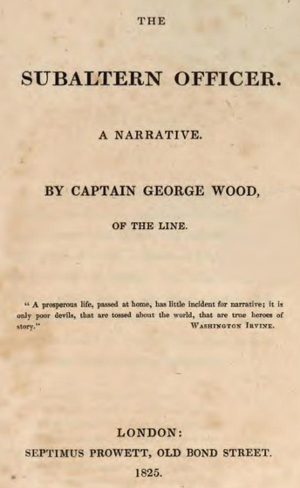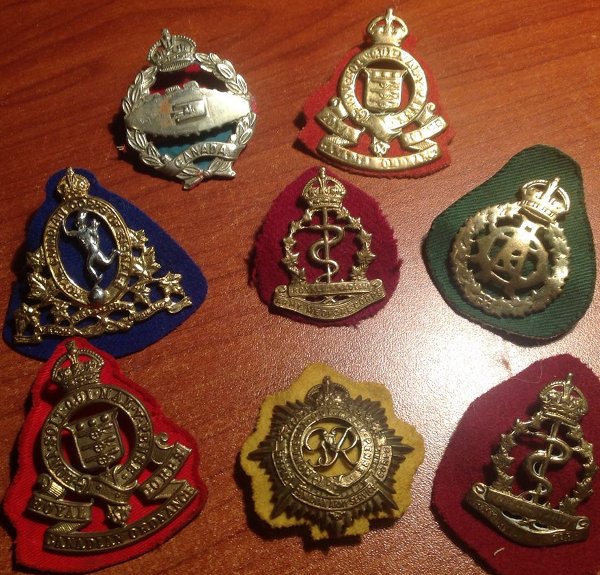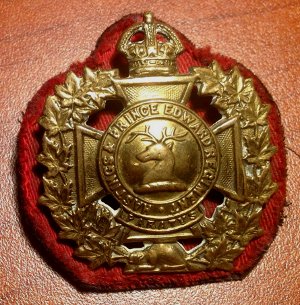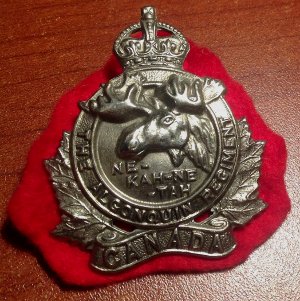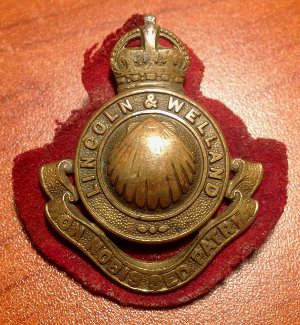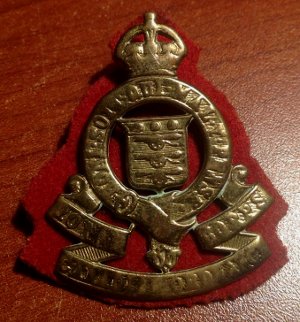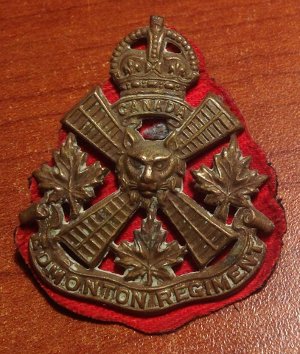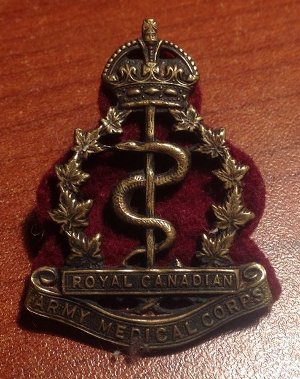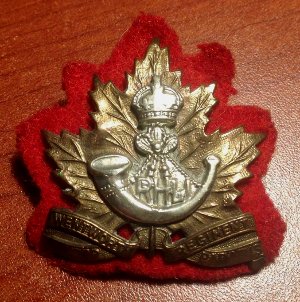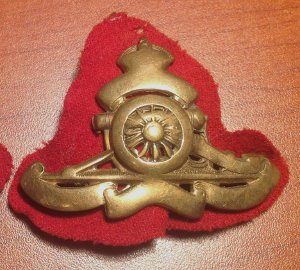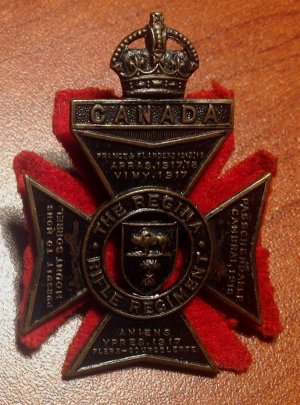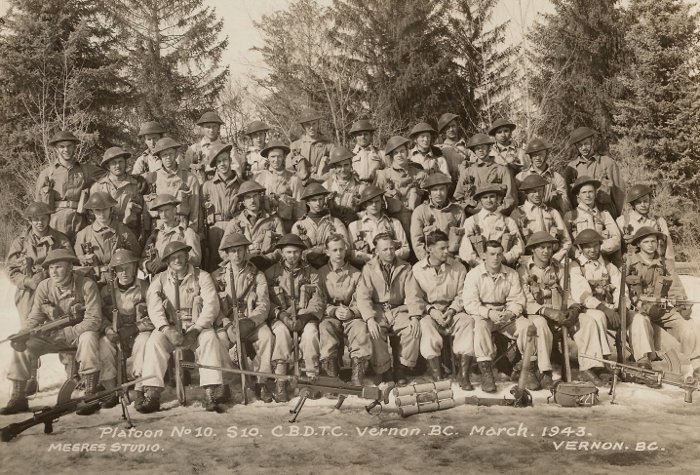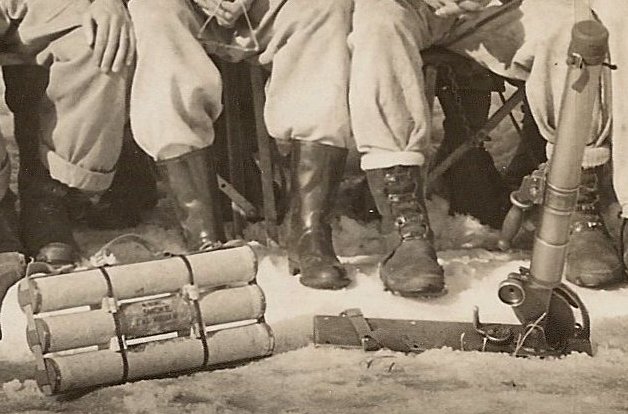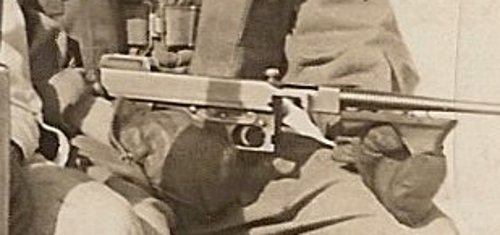Topic: RCN
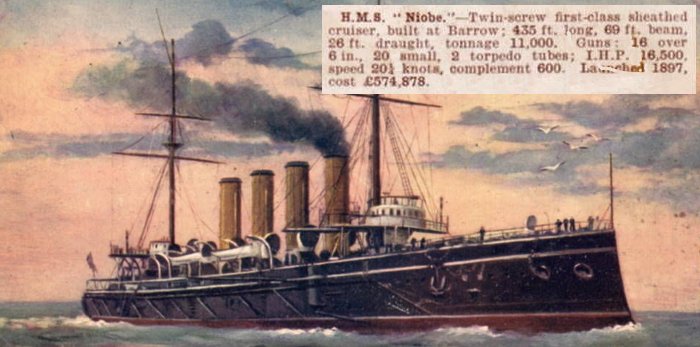
HMCS Niobe Grounding and Court Martial;
Part 2: The Courts Martial, Day 1 of 3, Nov 1911
Three officers will be court-martialed for the grounding of HMCS Niobe in July, 1911. It's now over three months later, early November, and a Royal Navy cruiser squadron arrives at Halifax to provide the necessary senior officers for the court. Over three days the trials will take place, these are reports of the first day.
The Montreal Gazette, 11 November, 1911
Fourth Cruiser Squadron at Halifax
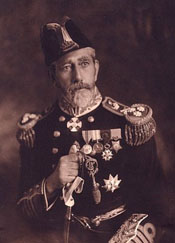
Admiral Kingsmill
Halifax, N.S., November 10.—The fourth cruiser squadron arrived today and came to mooing off the dockyard. Rear Admiral Kingsmill arrived from Ottawa this evening in connection with the court-martial which is to be held by Rear Admiral E.E. Bradford, C.V.O., into the stranding on the warship Niobe at the end of last July.
Admiral Kingsmill will have a conference with Admiral Bradford tomorrow morning, when arrangements for the court-martial will be finally made. It will probably begin on Monday forenoon aboard the Niobe, and will be open to the public.
It has not yet been decided whether there will be be three separate trials or one. Three men are to be tried, the commander of the ship, the navigating lieutenant, and the officer of the watch. The court may decide to make one inquiry to cover the three cases or a separate court-martial may convene for each officer.
The squadron had a good voyage across. The ships called at the Azores but did not stay there long. The squadron will coal at the dockyard, two ships coming in at a time. The squadron consists of H.M.S. Leviathan, flagship; Berwick, Essex and Dongal.
Lewiston Evening Standard, 15 November, 1911
Naval Court Martial
Being Held Because of Standing of Canadian Cruiser Niobe Last July
Halifax, N.S., Nov 15.—A naval court martial convened here today to investigate the responsibility for the stranding of the Canadian cruiser Niobe near Cape Sable, last July. Commander Macdonald of the Niobe and two of his officers are on trial. In order to provide the officers of necessary rank for the court, the British Atlantic Squadron, consisting of Leviathan, Essex, Donegal and Berwick was sent here. Capt Baker of the Berwick is presiding over the court.
Commander Macdonald was examined today. In the course of his testimony he said that he was in his cabin at the time the ship struck the ledges. He said that he considered that the officer of the watch was responsible for the safety of the ship while the commander was in the cabin. The officer on watch at the time of the accident was Lieut. Lord Allister Graham, one of the officers under court martial.
The Montreal Gazette, 16 November, 1911
Blamed for Niobe Stranding
Lord Allister Graham Declared Guilty by the Court-Martial
Will Be Reprimanded
Was Officer of the Watch up to Fifteen Minutes of the Accident.
Halifax, November 15.—Lieut. Lord Allister Graham was found guilty today by court martial of causing, or suffering to be caused, the stranding of H.M.C.S. Niobe on July 29 last on the dangerous ledges of Cape Sable. He was sentenced to be reprimanded. Lord Allister Graham was officer of the watch up to fifteen or twenty minutes of the time the cruiser went ashore.
The proceedings began at 9.30 this morning and went until 6.30 this evening. The witnesses included Commander W.B. Macdonald, of the Niobe, and Navigating Lieut. James White, both of whom are charged with the same offence as Lieut. Graham. While the evidence seemed to show an absence of any deliberate negligence on the part of the accused, it developed the fact that he had not been as attentive to duty as he should have been. He was well aware of the existence of the Cape Sable lights, and the time they should have been discernible from the ship, but when this time passed and the lights were not seen he did not immediately report the fact to Commander Macdonald or the navigating officer.
Lord Allister Graham in presenting his defence maintained that hit was unfair to hold him responsible for the stranding of the ship when he had been relieved of the watch about twenty minutes before the accident occurred. Lieut. Graham's reprimand means nothing more than a black mark for him. Nevertheless he feels keenly his position in the matter, for up to the present time he has held an enviable record as an officer.
When the court opened the charge was read by the deputy judge advocate. Lord Allister Graham was specifically charged with the causing of the stranding of the Niobe while he was officer of the watch. Lieutenants Campbell and Cunningham of the flagship were instructed by the court to work out the course and position of the Niobe on the night of the stranding.
Commander Macdonald was the first witness called. Questioned by the court he said that Lieut. Lord Allister Graham was officer of the first watch when the ship grounded on Blonde Rock bouy on the morning of July 29 last. He (the commander) was on deck when the ship was stranded. The weather was clear before the ship passed Blonde Rock buy. He had not expected to see Cape Sable light almost immediately after passing the Blonde Rock bouy, returning twenty minutes later. The accused had not sent down a report that Cape Sable light was in sight. He had come up about 10.15. He considered that the accused should have notified that the light had been sighted when it became clearly visible. With a clear night, and under conditions then prevailing, he did not consider the soundings would have been of any use. There were very few soundings on the chart, in the position in which they were. When he returned to the bridge at 10.15 Cape Sable light was not in sight. It was not sighted at all. The ship was on her proper course when she grounded. The course by standard compass was south 74 east. Orders had not been given to the officer of the watch to frequently steady the ship on her course by standard compass. He expected the officer of the watch to fix the position of the ship on the chart when the navigating officer is below. The ship's position had been fixed by the accused after passing Blonde Rock bouy. Twenty minutes after passing Blonde Rock bouy witness told the officer of the watch the tide was expected. It was almost parallel of the course, but highly on the starboard bow. The direction of the wind was southwest force three. It was the duty of the accused to place lookouts above and below, but he did not think he had a chance, as the fog came on very quickly. The fog came on in a few seconds, and he placed lookout himself.
On cross-examination the witness said that the Niobe struck between 12.25 and 12.20. His written orders that night were: "Course south, 74 east; call me when required; when south-west ledge and Brazil Rocks are sighted at midnight and at daylight."
He showed the accused the ship's course, and warned him not to get set in on port to get off his course, but to keep generously to starboard.
Witness heard him repeat orders to the quartermaster to keep to starboard. This was about 10.15. He gave accused no extra orders as to speed. Accused called him shortly before midnight. Accused reported then that the southwest ledge light had been seen and its whistle heard on the port bow, and that a slight mist was drifting across the steaming light and that he thought a fog was coming on. He expected to sight the southwest ledge bouy light about 11.20 roughly. He considered accused an exceptionally trustworthy officer of the watch.
ON re-examination, witness said that Seal Island light and Blonde Rock light should have been sighted for at least an hour after rounding Blonde Rock. He was under the impression that Seal Island light was in sight. The officer of the watch, as far as he knew, did not fix then position of the ship by cross bearings of these two lights. He thought that if accused had got a correct fix at 11 o'clock it would have shown him that the ship had been set off her course. He could not say when the tide first made its effect on the ship. The speed of the ship was 45 revolutions, 7 ½ knots.
There was a southwesterly swell, but no sea on. Witness was in his fore cabin, which is on the bridge, that night. He considered that the officer of the watch was entirely responsible for the safety of the ship while he was in his cabin. He considered that the officer of the watch should have called him earlier than he did.
Navigating Lieutenant White was the second witness. He testified to the position of the ship and the orders given before going ashore.
Immediately on the conclusion of the first case, that against Lieut, White, navigating officer, was called, but was adjourned until tomorrow morning at 9 o'clock. This case will likely occupy a whole day also, as will the case of Commander Macdonald, which follows. The court martial was conducted with all the old time ceremony of naval affairs of its kind. The members of the court as well as all the witnesses were attired in full dress uniform. The court consisted of: President of court, Capt. Lewis C. Baker, H.M.S. Berwick; Capt. John F.A. Green, H.M.S. Essex; Flag Captain Erick P.C. Bask; Commander Truesdale, H.M.S. Donegal; Commander Lancelet N. Tuston, H.M.S. Leviathan; prosecuting officer, Commander Albert C. Scott.
Lord Allister Graham, who is tall and spare with an exceptionally high and broad forehead and clear blue eyes, sat beside his counsel throughout the proceedings.

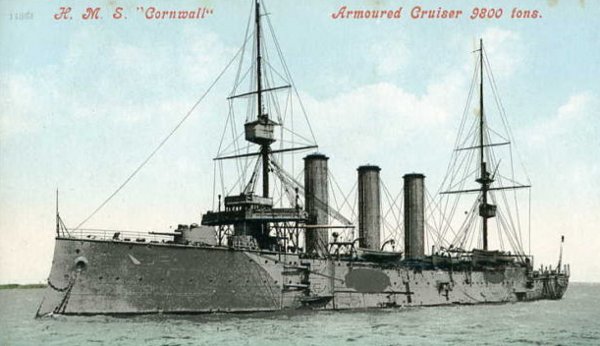


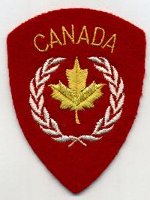 These were the events the army listed:
These were the events the army listed:
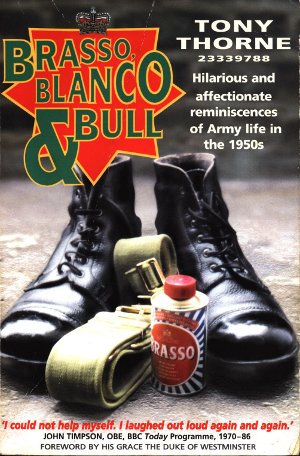
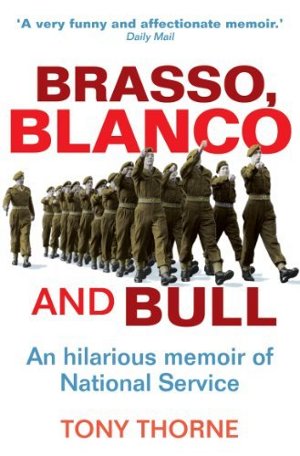

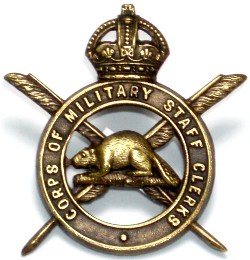 Corps of Military Staff Clerks
Corps of Military Staff Clerks

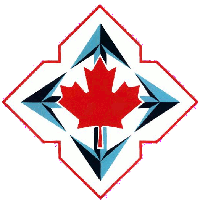 Mobile Force Badge (1966)
Mobile Force Badge (1966)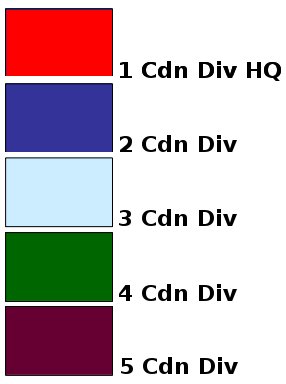 On 9 Jul, 2013, the Canadian Minister of National Defence announced that the Canadian Army would return to an organization based on "Divisions," to be accomplished by renaming the existing Area commands as follows:
On 9 Jul, 2013, the Canadian Minister of National Defence announced that the Canadian Army would return to an organization based on "Divisions," to be accomplished by renaming the existing Area commands as follows: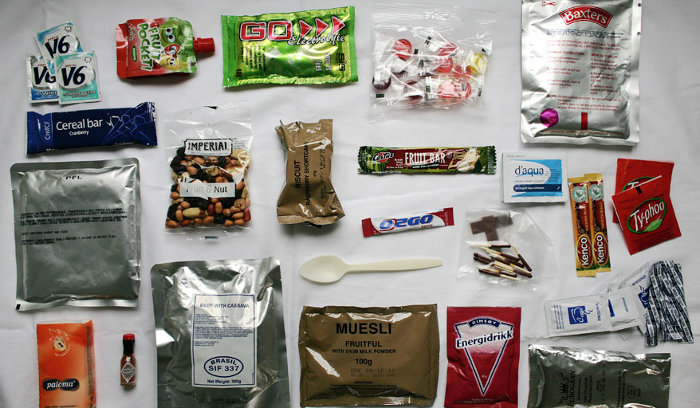
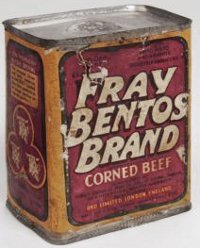

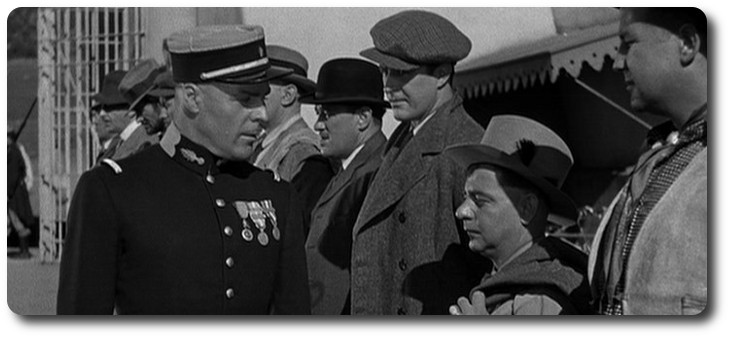
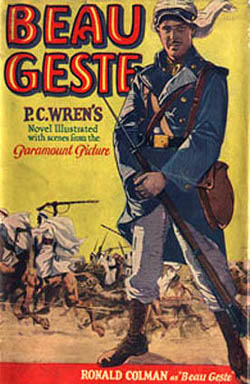 Beau Geste, Percival Christopher Wren, 1927
Beau Geste, Percival Christopher Wren, 1927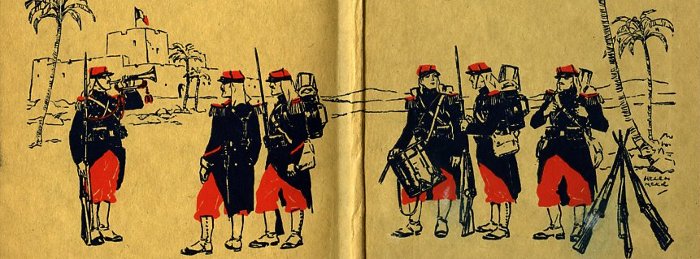
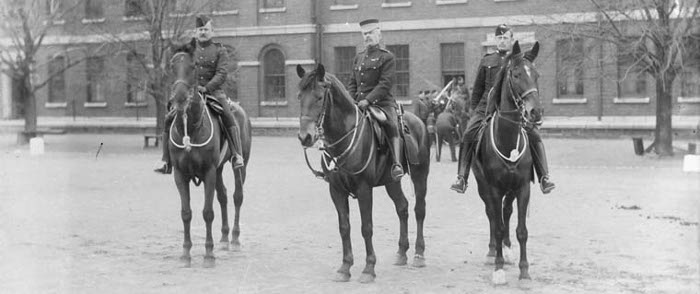

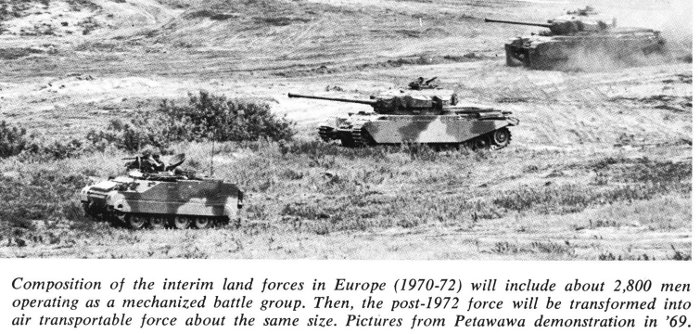
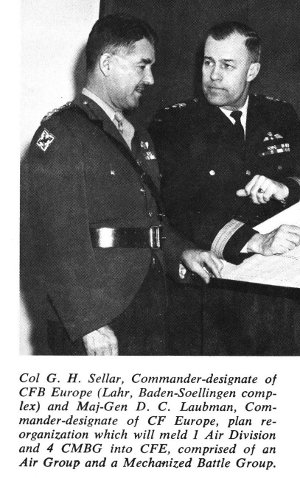 No wonder that personnel of the armed forces in Europe are confused about pending and future changes. Even
No wonder that personnel of the armed forces in Europe are confused about pending and future changes. Even 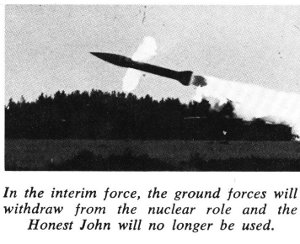 Plan Opposed
Plan Opposed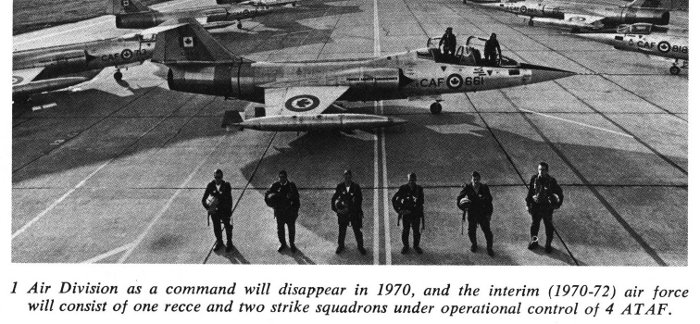

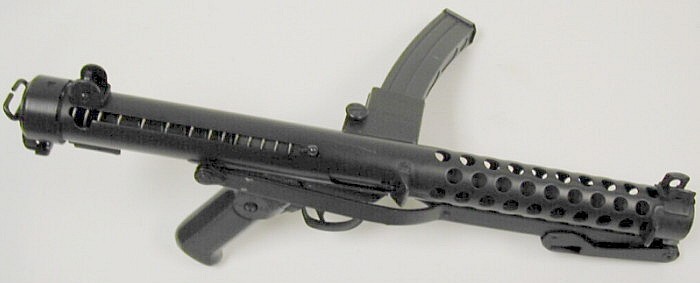

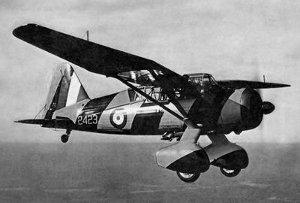
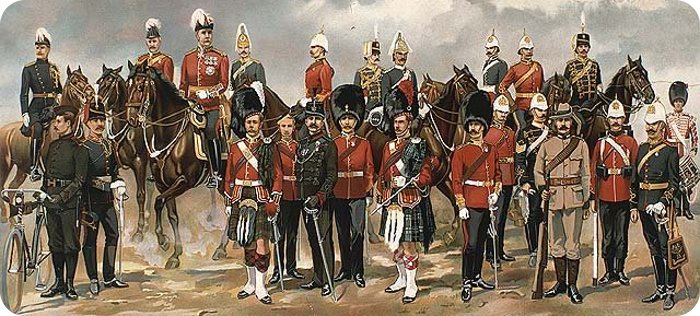


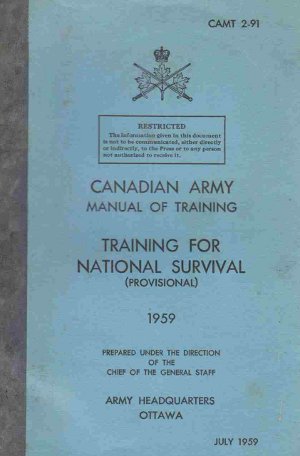 Gravely concerned over the belligerence of
Gravely concerned over the belligerence of 